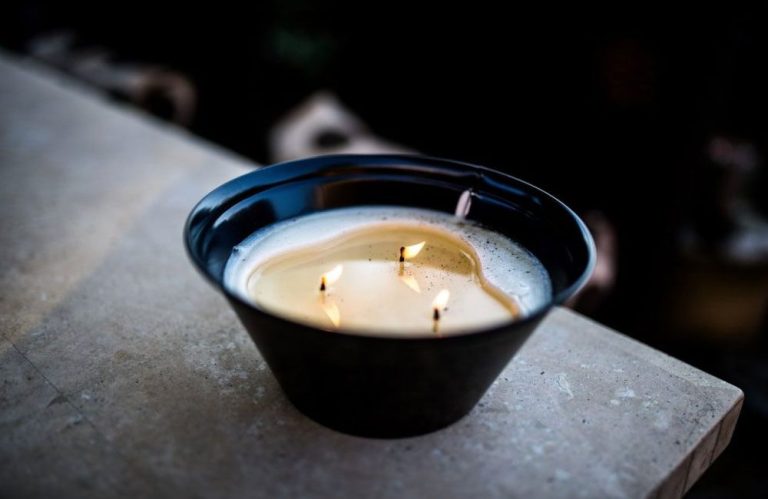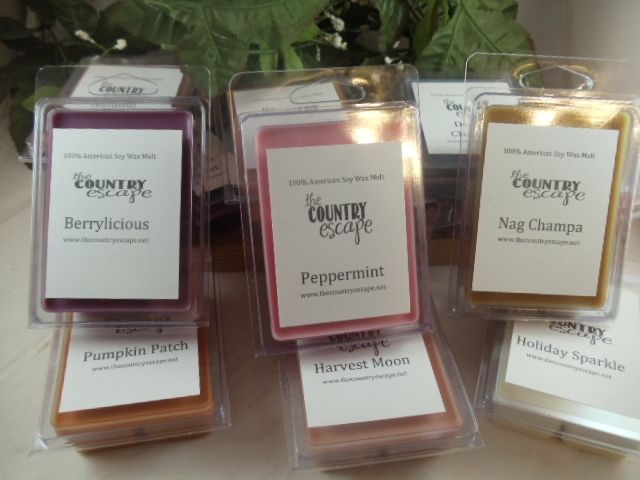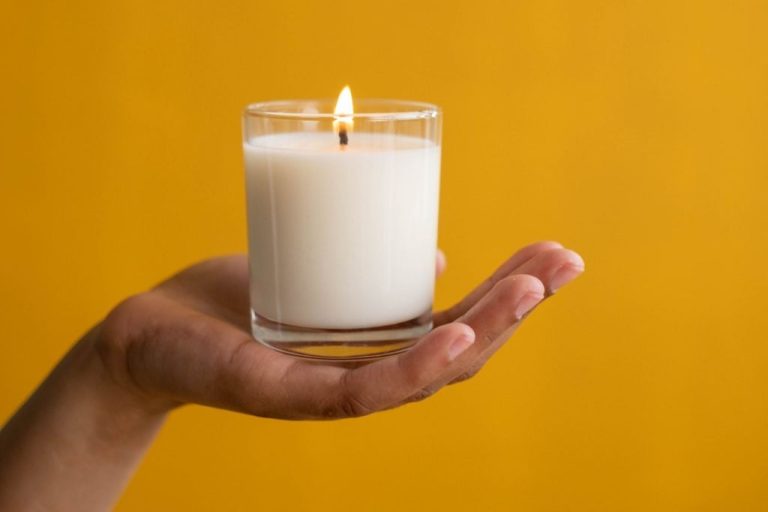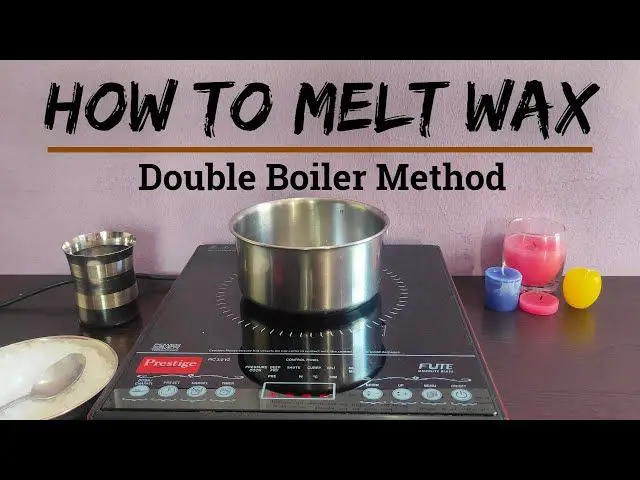Will Wax Melts Eventually Evaporate?
Wax melts are a type of air freshener made from scented wax that release fragrance when heated. They are typically made of soy, paraffin, or a blend of waxes mixed with fragrance oils and other ingredients to make a soft wax that melts at low temperatures. Wax melts work by using a wax warmer, candle warmer, or other gentle heat source to melt the wax and disperse the aroma into the air. As the wax melts, the fragrance oils are released through evaporation, filling the surrounding area with the scent. Wax melts offer an alternative to candles or reed diffusers for home fragrance. They slowly and continuously release scent as the wax remains melted in the warmer, providing hours of fragrance from just one cube of wax. Their simple, mess-free format makes wax melts a popular choice for scenting small spaces conveniently.
Composition of Wax Melts
Wax melts are typically composed of three main ingredients – wax, fragrance oils, and dye. The most common types of wax used are paraffin wax, soy wax, palm wax, and beeswax (source, source, source). Paraffin wax is a petroleum-based wax that provides a cost-effective base for wax melts. It helps the wax melt maintain its shape and releases fragrance as it melts. Soy wax is made from soybean oil and is often used as a more natural alternative to paraffin. Palm wax comes from palm oil and helps make a hard wax melt. Beeswax is another natural option, made by honey bees.
The fragrance oils are what give wax melts their scents. These are usually synthetic fragrance oils, but some wax melts use essential oils for a more natural scent. The oils are mixed into the melted wax base before it solidifies. Finally, liquid or powder dyes may be added for color.
Evaporation Process
Wax melts do not actually evaporate in the same way that candles do. With candles, the wax is consumed as the wick burns, releasing fragrance into the air. The heat from the flame causes the fragrant wax vapors to evaporate up and out of the candle.
Wax melts function differently. They are warmed in an electric wax warmer which gently heats the wax to a liquid state. This allows the fragrance oils mixed into the wax to be released into the air. However, the wax itself does not undergo an evaporation process. The fragrant oils evaporate due to the heat and disseminate scent, but the wax remains in a liquified form as long as the warmer is on (Village Wax Melts).
The key difference is that wax melts contain no wick that burns away the wax. The wax simply melts from a solid to a liquid to release fragrance. It does not actually evaporate or get used up like candle wax does when burned (Happy Wax). The wax remains as a liquid in the wax warmer dish and will re-solidify once the warmer is turned off and the wax cools down again.
Factors Affecting Evaporation Rate
There are several key factors that affect the evaporation rate of wax melts:
Room Temperature
Higher room temperatures will lead to faster evaporation of wax melts. Heat provides the energy needed for wax molecules to transition from solid to gaseous state. At higher temperatures, wax melts will evaporate more quickly than at lower temperatures [1].
Airflow
Increased airflow, such as from fans or open windows, will accelerate evaporation. When air currents sweep over the wax melt, it helps carry away wax vapors preventing saturation. This allows more evaporation to occur [2].
Type of Wax
The composition of the wax also affects evaporation rate. Pure paraffin wax tends to evaporate quicker than soy or beeswax blends. Additives like oils or fragrance can slow down evaporation. The more complex the wax blend, the slower it will evaporate [3].
Complete vs Partial Evaporation
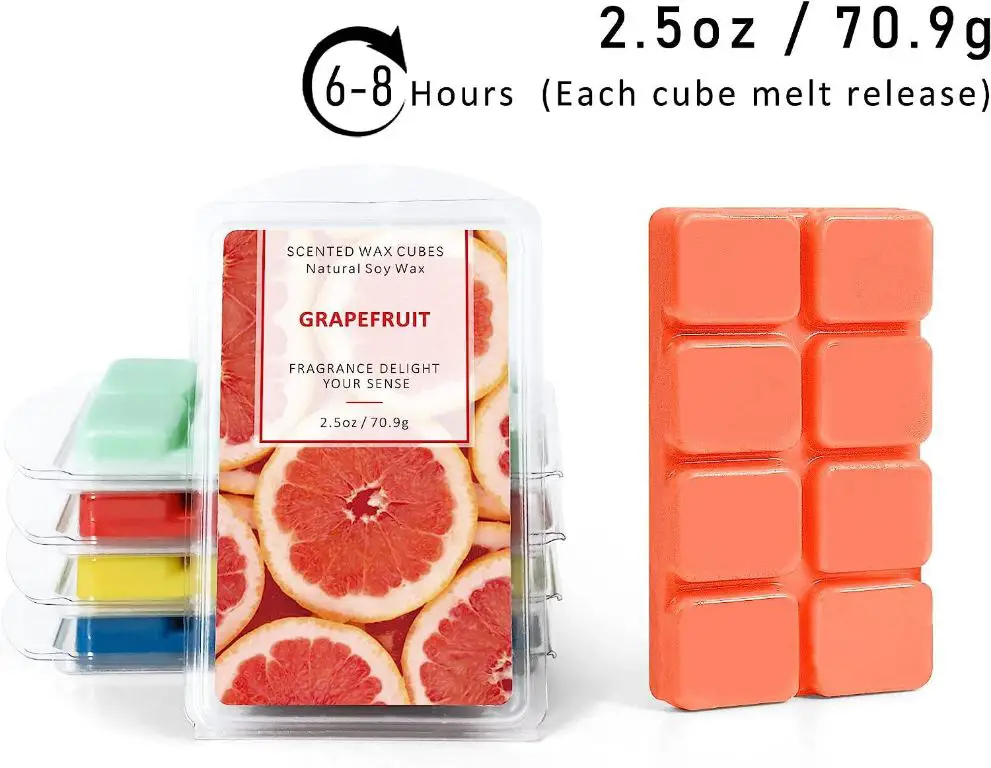
Wax melts do not fully evaporate like candles. The wax itself remains solid and does not turn into a gas. Only the fragrance oils evaporate into the air 1. However, some of the lighter components in the wax can partially evaporate over time. For example, paraffin wax contains lighter hydrocarbons that can slowly evaporate with extended heating 2. So while the main wax itself remains solid, a small portion may dissipate as a gas.
In most cases, wax melts will leave behind a solid wax residue that needs to be cleaned up once the fragrance is gone. But the wax can slowly decrease in mass over many uses. Given enough time, wax melts may fully evaporate, but this process can take weeks or months depending on the wax composition and conditions.
Leaving Wax Residue
While the fragrances in wax melts will fully evaporate over time, the wax itself does not completely disappear. When melted, wax melts turn into a liquid form that can leave behind a residue as it cools and hardens again [1]. This wax residue has the potential to build up on the warmer or melting dish used for the wax melts. The amount of residue left behind will depend on the quality and ingredients of the wax melt product. Higher quality wax melts made from soy, vegetable, or paraffin wax tend to leave less residue compared to lower quality products.
To prevent excessive wax buildup, it’s recommended to clean your wax warmer or melting dish regularly after use. The residue can be removed by wiping with a dry cloth or rinsing with warm soapy water [2]. Allowing the wax to accumulate over time without cleaning can make it more difficult to remove. With routine cleaning, wax melts can be used without leaving behind a sticky, stubborn mess.
Safety Considerations
Wax melts are generally considered safe when used properly. The wax itself is non-toxic, however the fragrances and essential oils added can cause issues if used incorrectly.
It’s important to keep wax melts out of reach of children and pets. Ingesting wax or inhaling large amounts of fragrance can be dangerous. Wax melts should be kept in a high, secure place when not in use.
Proper ventilation is also key for safe usage. The fragrance oils in wax melts are concentrated, so allowing the aroma to fill a room without circulating air can lead to headaches or nausea for some. Keeping a window cracked or running a fan is recommended.
Those with respiratory issues like asthma may want to avoid wax melts altogether. The particulates released as the wax liquefies can exacerbate breathing problems for sensitive individuals. Pregnant women should also use wax cautiously, as certain oils may cause issues.
As with any product, following package directions is critical. Never burn wax melts over an open flame or use more than recommended. Proper use and handling will ensure wax melting is an enjoyable, risk-free experience.
Sources:
https://devonwick.com/blogs/news/are-wax-melts-bad-for-you
https://thesatinscent.com/are-wax-melts-safe/
Environmental Impact
Wax melts can have a negative environmental impact if they are used as single-use products and discarded after one use. The wax itself is slow to biodegrade and can persist in the environment (Source). However, the environmental impact can be mitigated by reusing wax melts. The wax can be melted again and again, extending the life of the product. Reusing wax melts reduces waste and the need to purchase new melts frequently (Source).
Wax melt enthusiasts can reuse melted wax by pouring it into silicone molds to create new wax melts. The melted wax can also be combined with new wax to refresh old melts. Proper care and storage of wax melts between uses enables multiple reuse cycles. With a reusable approach, the environmental impact of wax melts can be significantly reduced compared to single-use disposal.
Alternatives to Wax Melts
While wax melts are a convenient way to scent your home, there are other fragrance options to consider if you are looking for alternatives. One popular option is reed diffusers. Reed diffusers utilize natural rattan reeds and fragrance oils to distribute scent. The reeds absorb the oil and slowly diffuse the fragrance into the air. Reed diffusers provide continuous fragrance without the need for heat or electricity. Scented candles are another alternative to wax melts. When lit, the candle wax slowly melts and disperses fragrance. Scented candles come in a wide variety of styles, scents, and burn times. Oil diffusers are also growing in popularity as an alternative. Diffusers distribute essential oils or fragrance oils into the air to scent a room. They utilize air currents, heat, or ultrasonic vibrations to disperse the oils as a fine mist. Compared to wax melts, diffusers don’t require as frequent refilling. Finally, potpourri is a more traditional option. The dried flower petals and spices release fragrance over time. Potpourri can be simmered in water to activate and spread the scent. Ultimately, there are many alternatives to explore if wax melts are not the ideal home fragrance option.
Conclusion
Wax melts do eventually evaporate, but the process can take anywhere from a few hours to a few weeks depending on the wax blend, melt format, melting method, and environmental factors. The key points are:
- Wax melts contain a blend of paraffin wax, soy wax, palm wax, and essential oils. The wax component evaporates slowly.
- Wax melts evaporate through sublimation, transitioning slowly from solid to gas.
- Evaporation happens faster with more surface area exposed, higher temps, and airflow over the wax.
- Most wax melts fully evaporate if given enough time, but some residue may be left behind.
- Proper ventilation is important when melting wax to allow the evaporated wax to disperse.
- Consider more sustainable options like essential oil diffusers as an alternative.
In summary, wax melts aren’t designed to last indefinitely. With the right conditions, the wax will fully transition to vapor over time. Be mindful of potential residue and safety precautions when using wax melts.

